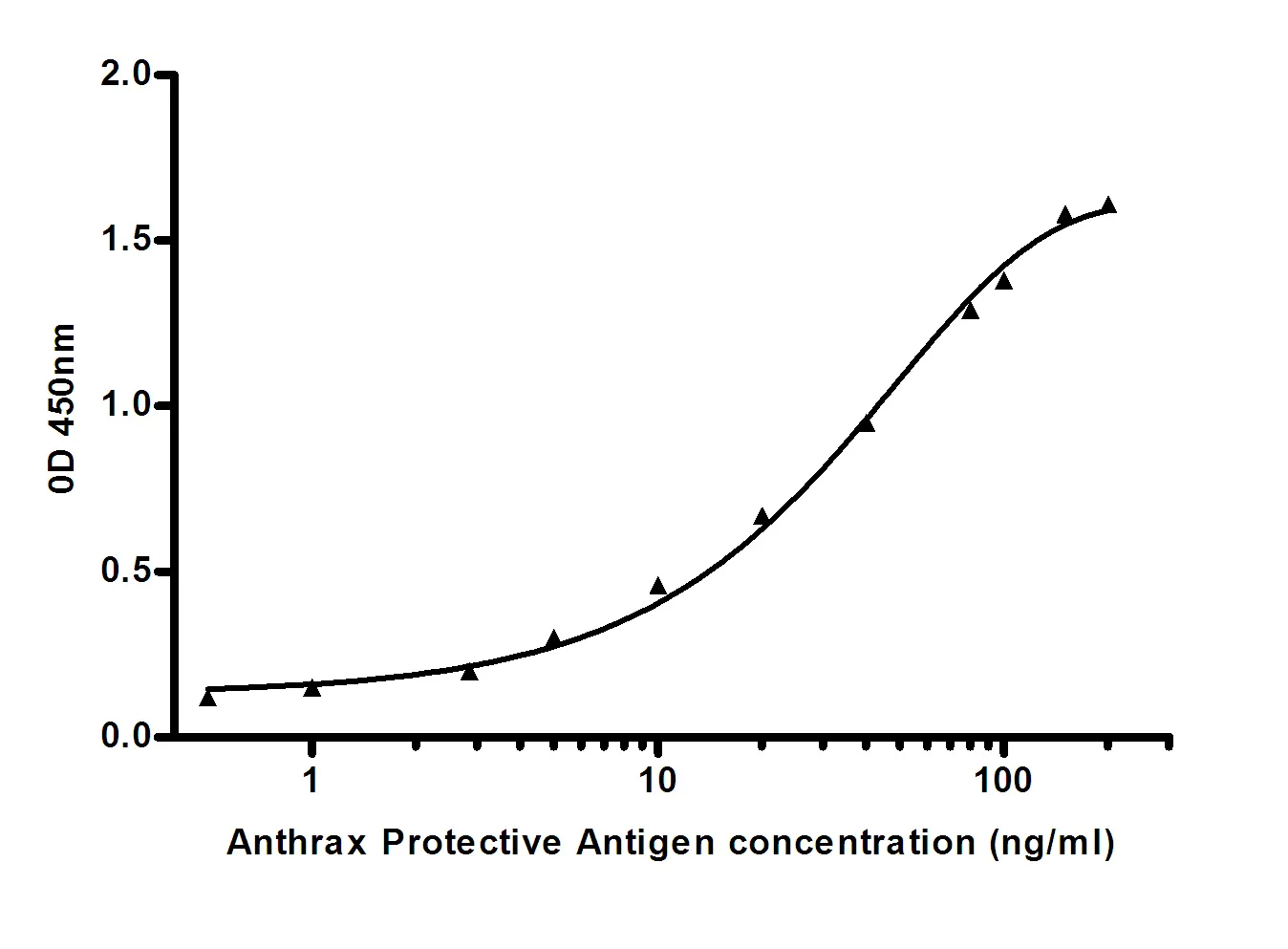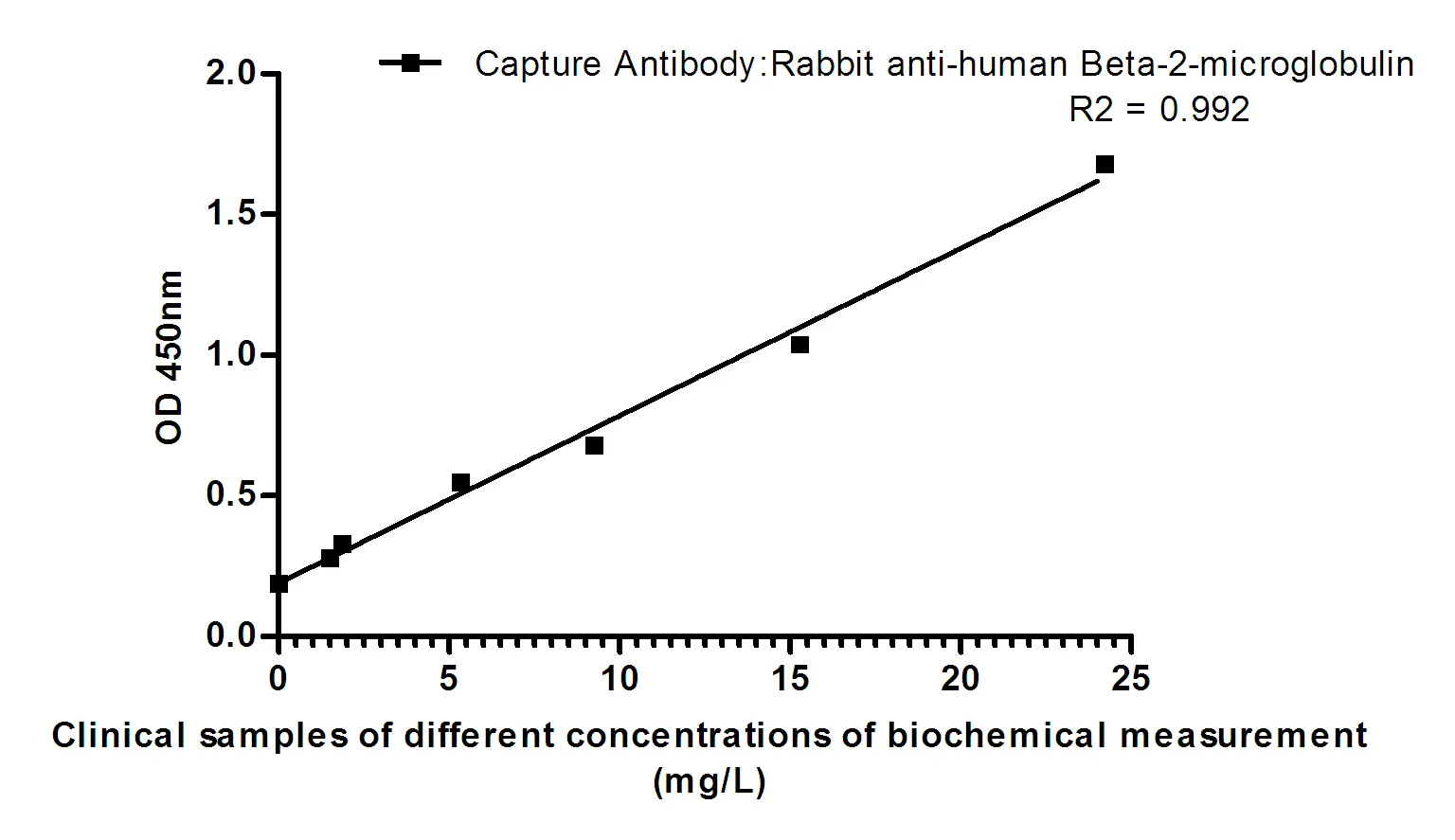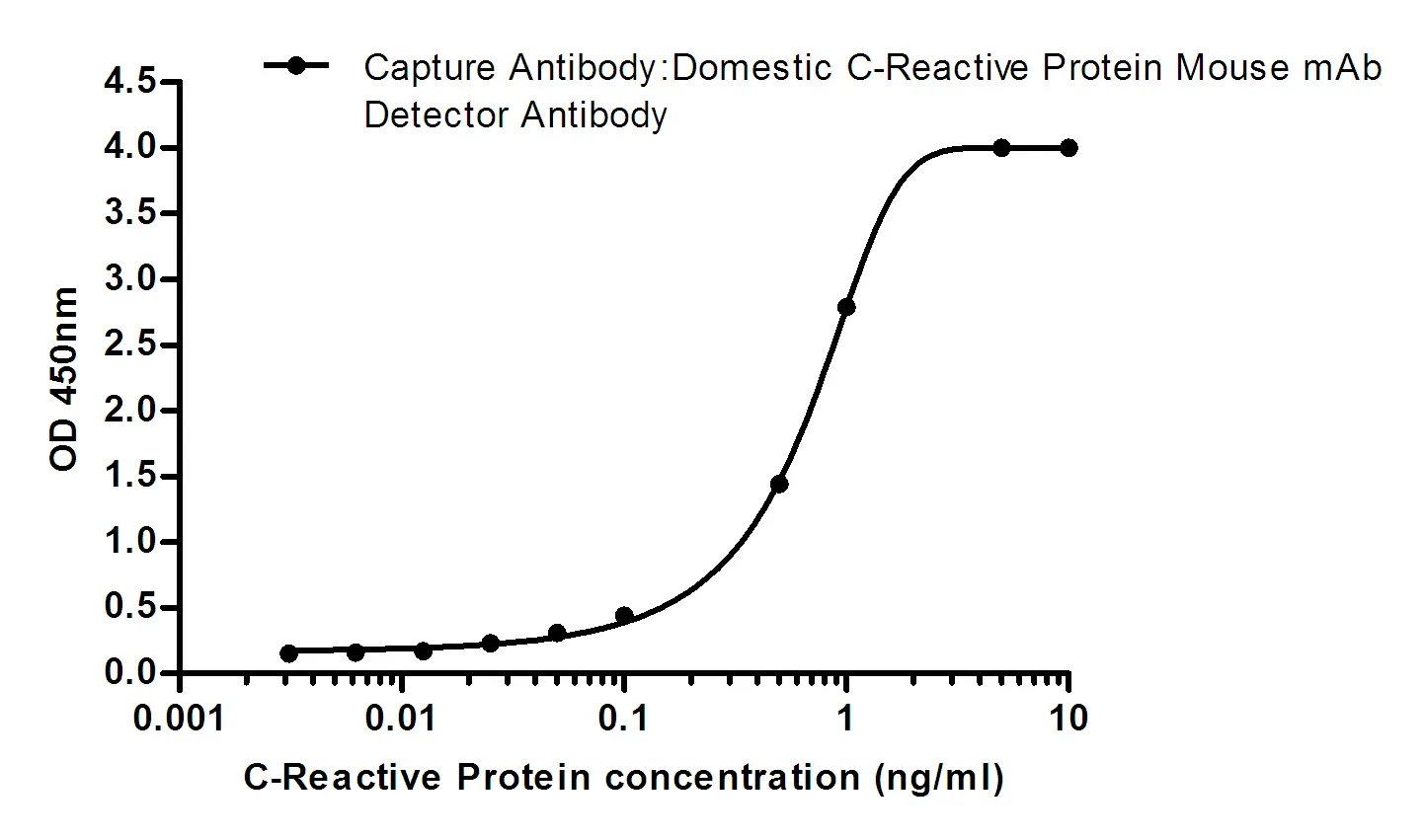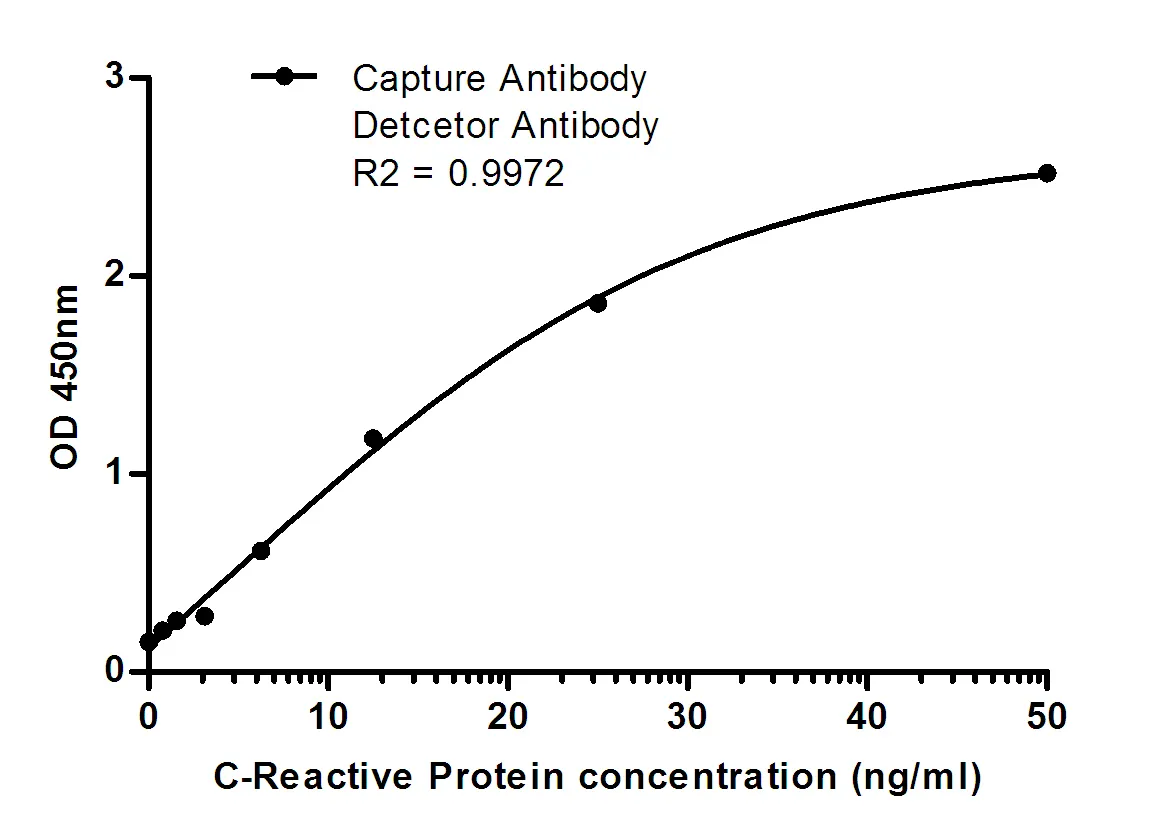Summary
Performance
Immunogen
Application
Background
GFP (Green fluorescence protein) is a 27 kDa protein derived from the jellyfish Aequorea victoria, which emits green light when excited by blue light. GFP cDNA produces a fluorescent product when expressed in prokaryotic cells, without the need for exogenous substrates or cofactors. GFP has become an invaluable tool in cell biology research, since its intrinsic fluorescence can be visualized in living cells. GFP fluorescence is stable under fixation conditions and suitable for a variety of applications. GFP has been widely used as a reporter for gene expression, enabling researchers to visualize and localize GFP-tagged proteins within living cells without the need for chemical staining. Other applications of GFP include assessment of protein protein interactions through the yeast two hybrid system and measurement of distance between proteins through fluorescence energy transfer (FRET) protocols. GFP technnology has considerably contributed to a greater understanding of cellular physiology.
Research Area




